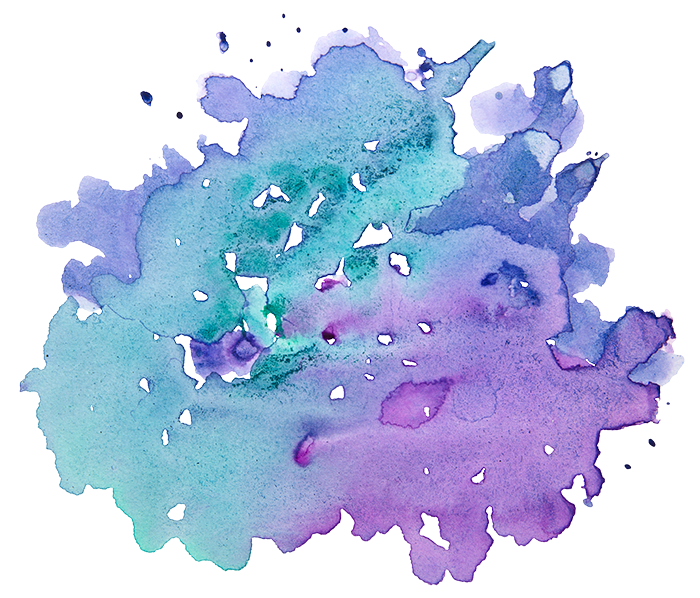by Anonymous
I grew up in an observant household, and because of that, going to the mikveh was, in many ways, a given for me. Ever since I was old enough to figure out why my mom would go out for a while each month and come back with wet hair, I just assumed that I would practice niddah myself some day. I never seriously considered not doing it. (Niddah is the practice of abstaining from sexual intimacy around the time of menstruation.)
The challenge was in figuring out how to make the ritual my own. As a lifelong feminist, I strongly rejected the idea that menstruation made me impure, so much so that I would contaminate everything I touched. In seminary, I studied some of the rabbinic sources for mikveh and found many of them to be full of overt misogyny. The very fact that most other purity laws, including those for seminal emissions, had been discarded in post-Temple times while the laws of niddah had been strengthened speaks to a desire to control the bodies and sexualities of people who menstruate (i.e. people who were assumed, in these discussions, to be women).
But in the same seminary class, I also read articles on niddah by Jewish feminists: Rachel Adler, Rachel Biale, Blu Greenberg. And based in large part on those articles, I began to formulate my own theology of niddah. What we translate as “ritual impurity,” tum’ah, has its Biblical roots in encounters with death or, more broadly, with the absence of life. I reinterpret tum’ah for myself as referring to the absence of life in my womb. When I menstruate, it’s because I have not created life this month. In practicing niddah, I celebrate my body’s potential to create life, as well as my freedom to choose when and whether to do so. I also choose to practice niddah according to a Conservative ruling that does not require me to count seven additional “clean” days, since in the Torah those seven days are prescribed only for abnormal bleeding, not for regular menstruation. In practicing niddah this way, I assert that I know my own body well enough to determine what is normal for me.
Because of my interpretation of niddah, it is important to me that mikveh not be only a women’s ritual in my relationships. If I have chosen not to create life, then so has my partner. Having him go to the mikveh as well makes it about our relationship and about the life-giving potential of both of us together – not just about me being “impure.” So when I first moved in with my partner (now my spouse), I asked him how he would feel about going to the mikveh with me monthly. He readily agreed (which I took as a sign that we would make a good long-term match!). We also decided to link each mikveh visit with a check-in about our relationship, so that mikveh for us came to be about reconnecting both physically and emotionally.
I didn’t want to wait until marriage to go to the mikveh, since I was uncomfortable with the idea of privileging married relationships and married sexuality over other kinds of relationships. But I did want my mikveh ritual to change somewhat once I was married, so that I would have a way to mark that transition through mikveh. So my partner and I agreed that until we were married, we would immerse without a blessing and without witnesses. A few days before our wedding, I came to Mayyim Hayyim with my mother and a few close friends and immersed for the first time as a bride, with a blessing and a witness. My partner had already done the same earlier that week. We’ve been immersing monthly with witnesses ever since.
It’s now been two years since I started immersing in the mikveh regularly, and I’ve come to treasure it as a haven of calm and rejuvenation in my busy month. It’s a quiet moment to reconnect with myself, with my partner, and with God. I’ve now moved away from Boston and am no longer able to immerse at Mayyim Hayyim regularly, but my time there showed me what my ideal mikveh experience looks like.
Mayyim Hayyim is excited to launch our first ever Niddah Salon beginning January 11. Participants will explore the ways niddah impacts issues of femininity, sexuality, and our connection to Jewish tradition. Open to female-identified people of any sexual orientation or relationship status. Learn more and register here!
The author is a clergyperson who used to live in Boston and now lives elsewhere. She misses Mayyim Hayyim very much.


